
As the third-largest retailer on the planet, Amazon is by far the most valuable platform to e-retailers. Make it big on Amazon, and your bottom line could skyrocket. Of course, with incredible potential comes fierce competition, and the race to be the product and company of choice is intense.
That’s why, if you want to be a high-volume seller on Amazon, you’ll need a solid Amazon marketing strategy. You can’t afford to wing it, and you certainly can’t afford to let pride take precedence over proven techniques. In fact, developing your strategy requires exactness, dedication, and patience.
The good news is that Amazon listing optimization isn’t a mystery. In fact, we’ll show you exactly what to do to give your listing the very best chance to succeed. Follow our advice, and your products are sure to out-rank and out-perform.
Why should you follow our advice?
We’ve done the long-term testing for you because we’re Amazon marketing strategy experts. Everything we recommend has worked, and we’ve taken scaled brands to 7+ figures time and time again. In short: we know what we’re talking about.
Who’s shopping on Amazon?
Even though it seems like everyone shops at Amazon, there are three main types of shoppers:
- Head of Household – These shoppers are usually moms or dads, and they’re looking for the best bargain.
- Product Researcher – These shoppers aren’t necessarily looking for the best deal; they’re looking for the best product. They’re most likely to read your content and the accompanying reviews.
- Impulse Buyer – These buyers live for the thrill of instant gratification. They are driven by the high of acquisition.
When you’re optimizing your product page, it’s important to appeal to all three types of buyers. Know that some of them will be compelled by images only, while others will be looking to maximize their budget.
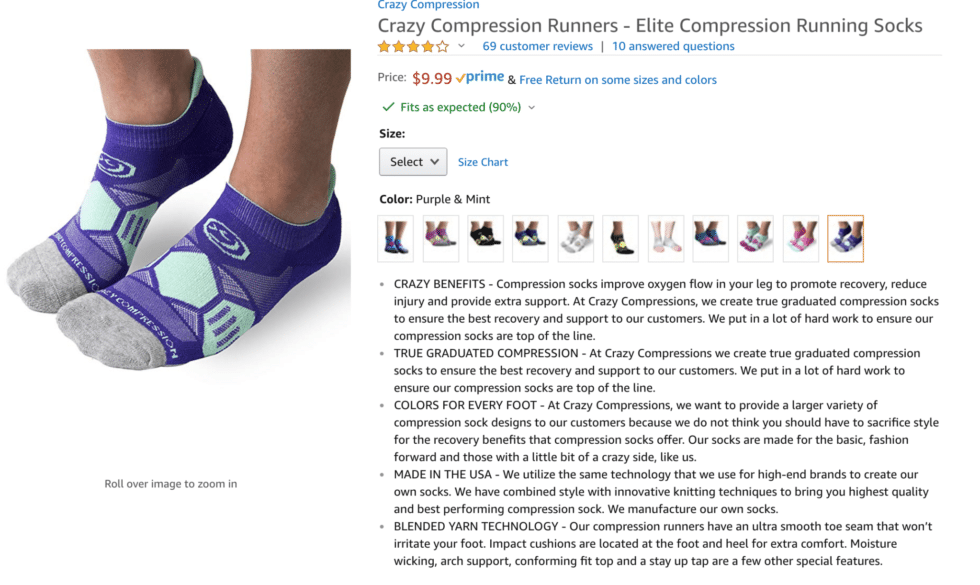
Variations are Key
If you’re selling multiple variations of the same product, there’s no need to develop a separate Amazon page for each one: just offer a listing of the variations. For instance, if you sell a toothbrush that comes in forty different colors, just offer the color variants on the main page. It’s not about real estate: it’s about customer satisfaction. The shopper is presented with a set of known choices and is less likely to leave your page to perform more research. Not only will your conversion rate be higher, but your reviews will be combined, which increases your ratings. It also mimics the in-store experience: in a store, your customer would see all the colors of that toothbrush hung up side by side. The closer you can be to replicating an in-store experience, the higher customer satisfaction you’ll have.
When you combine all your variations into the same page, be sure to denote that in the title. In our toothbrush example, for instance, the title should say: “Multiple colors/Sizes”.
With variations, be sure to optimize at the child level. If a user selects a blue toothbrush, the images should show a blue toothbrush.
Keyword Research
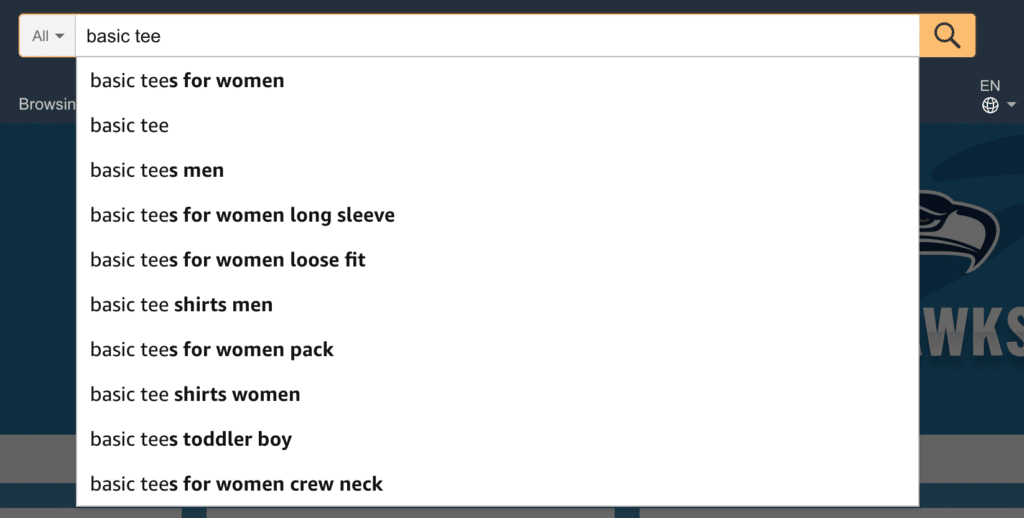
Use Amazon Suggestion Expander
First, enter your product description into the Amazon Suggestion Expander and you’ll be given every variation on your product’s description. You can then pull those suggestions and use them for PPC.
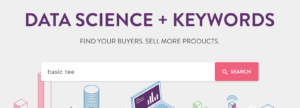
Merchant Words
Input your most relevant keywords into Merchant Words and determine what their search volume is. Though you’ll still need to test them, you’ll have a good idea of which keywords are likely to rank highest for your product. Bear in mind that the first few words Merchant Words give you are also likely to have the highest competition, and that isn’t likely to benefit you. The sweet spot is really a medium-volume keyword with low competition.
Take the top keywords you’ve chosen and input them into a tool like Unicorn Smasher or Jungle Scout to determine which products are displaying for those keywords. This is how you’ll find your top competition.
Comparing similar products
Next, compare your product to the results provided by Unicorn Smasher or Jungle Scout. Can you compete with the product listed? Does that product have more reviews than yours? Is it better in any particular way? Be sure to use long-tail keywords because you’ll have a better choice of competing in a niche than you would in a broad market.
Record, test, and then test again
Record all the data on a spreadsheet and start testing your keywords. If you’re running PPC, you’ll have extra data from which to glean information. Determine which keyword has the highest conversion rate, then alter your product page copy to prominently feature that high-converting keyword.
Go for specificity, dominate a niche and generate revenue, and then you can start trying to rank for keywords that are more competitive. Keyword research is one major way your customers will find you, so doing your homework will absolutely pay off.
Keyword Research Don’ts
- Don’t bother with plurals or hyphens
- Don’t skip on long-tail keywords
- Don’t stress over being on “page 1”
- Don’t skip making sure the keywords are relevant
- Don’t skip making sure the keywords aren’t negative
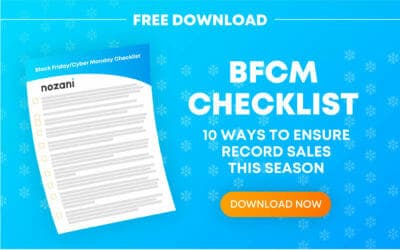
How to Write Winning Titles
Keep it simple
Keyword-stuffing feels disingenuous to customers. Remember, it’s all about their perception, not just mastering the algorithm. There’s a theory that Amazon only focuses on the first 50 characters of your title. Again, it’s just a theory, but even if that’s not true, the customer focuses on the first few words of your title. If you’re not getting the message across within the first set of words, your title isn’t clear enough and needs to be reworked. If your title is longer than 80 characters, it’s probably too long.

Stick to the main keywords
Though you may have variations within your listing, it’s not important to try to list them in your title. Just say, “multiple quantities” or “multiple colors,” depending on the selection offered. Your customer should know what your product will be before clicking through to your page based on the main title.
Write for the customer
When you write with your customer in mind, you’re putting their needs first. You should know what the driving forces behind the purchase are, so use adjectives in the title. For instance, if you’re selling high-end stereo speakers, you know that audiophiles want rich bass, so include the terms “rich bass” in your title. If you’re selling a high-end bath towel, be sure to mention that it’s a “luxury” towel with a high thread count. Your customer already knows exactly what he or she is looking for in a product — differentiators and adjectives make sure that your product is the one ending up in the shopping cart.

How to Write Converting Descriptions
Use bullet points
Though HTML is against Amazon’s Terms of Service, bullet points and bold text aren’t flagged. Using bullet points in your description makes the description easier to read and allows you to tease out the most important differentiators of your product and boldly display them. The more white space you have in your text, the easier it will be for your customer to read and the likelier your sale will be.
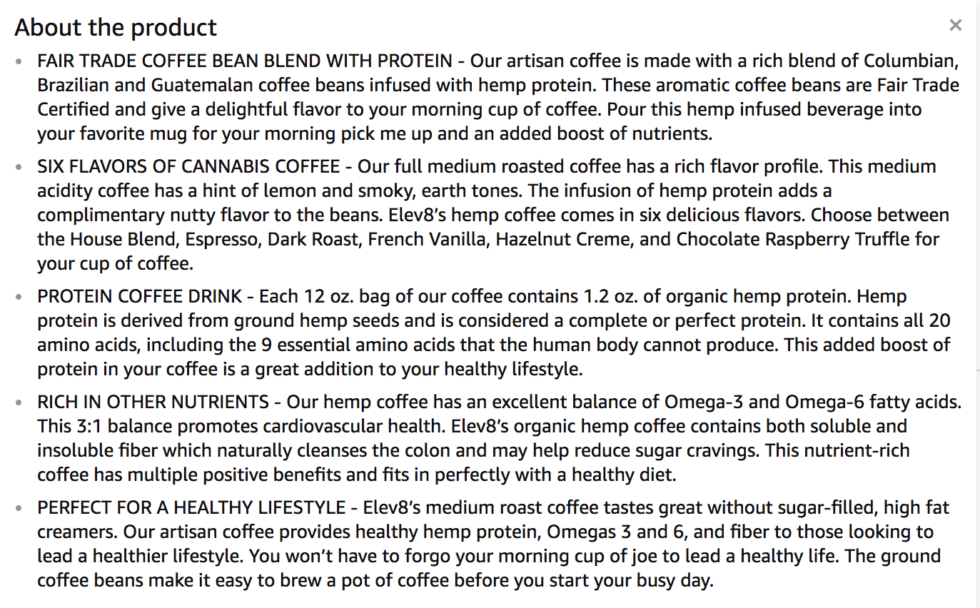
Keep it simple for your customer
In the age of distraction, your customer likely isn’t going to read several paragraphs about your product. That’s why it’s your responsibility to front-load the biggest benefits of your product and clearly outline its main features. Your customer doesn’t have the time or energy to slog through walls of text.
Don’t be boring
While you definitely need to keep your description simple, it shouldn’t read like an instruction manual. Capture your customer’s attention with a story and engaging content. In fact, it’s worth the extra effort of enlisting a good writer to make your description stand out. Your writer can also double-check to make sure the grammar in your listing is impeccable.
Product description don’ts
- Don’t have a ton of copy in one paragraph
- Don’t have information or links to your website
- Don’t keyword stuff
- Don’t over-do the HTML
- Don’t only have one line of copy
How to Make Bullet Points That Sell
If your bullet points don’t get straight to the punch, your customer isn’t going to read them, so make sure to begin your bullet point with an attractive callout to a benefit. Here is where you should be addressing your most important features and benefits, so once again, put yourself in the mind of the customer to determine what they’re most interested in.
If what you’re selling comes in a box, clearly explain what’s in the box. If batteries are included, say so. If mounting materials and instructions are included, say so.
While there’s a theory that the first bullet point is most important, that theory hasn’t been proven. It’s our advice to err on the side of caution, though, and make sure that first bullet point contains the most stand-out benefit of your product.
Bullet point don’ts
- Don’t include emojis, symbols, or special characters
- Don’t keyword stuff (even though it is important to maximize character counts and use relevant keywords in a seamless manner)
- Don’t mention any warranty or guarantee information
How to Have a Great Backend
We’re not talking about doing squats. When you’re filling out your Amazon backend information, fill out every single field in your backend. It’s all indexed by Amazon, and it can definitely help you with your rating. Though platinum keywords are only available to platinum sellers (which are massive sellers), fill them out anyway.
Backend information don’ts
- Don’t bother reusing keywords — if you’ve used it on the frontend, don’t use it on the backend
- Don’t skip any information you have
- Don’t forget to check that everything went through
- Don’t use more than 249 characters in the ‘search term’ box
- Don’t worry about punctuation
How to Make Images That Sell
Some of your customers won’t even bother reading your product description; they’ll rely mostly on your images and on reviews. With that in mind, be sure to:
- Use high-res photos
- Use white backgrounds
- Use call-outs and infographics in your pictures
- Make them mobile-friendly
In your lifestyle images, show who your target customers are. Your customers should be able to see themselves in your lifestyle images.
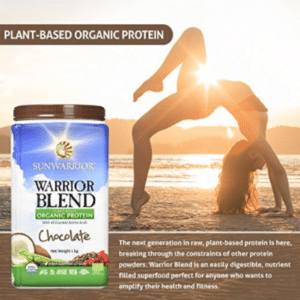
The Tinder Test
If you’re trying to determine whether your main image will sell, ask yourself this: if your product image were your Tinder profile, would you swipe right? You can practice this test with the images below:
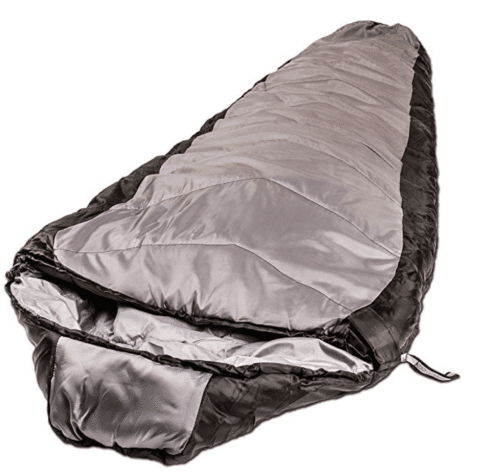
Imagery don’ts
- Don’t have too much copy
- Don’t have information directed to your website
- Don’t have small or low-def images
- Don’t have poor grammar
- Don’t have limited images
Enhance Sales with Enhanced Brand Content
The biggest trick to enhanced brand content is making it mobile-friendly. While your sales may be coming from a desktop, studies show that most customers start shopping on their phones. Put the important information in modules so it’s as mobile-friendly as possible.
You should be using lifestyle shots and infographics in your EBC. You have the freedom to get high-quality content here. If you think of your EBC as your landing page or homepage on a website, the same rules apply: use headers and subheaders and educate your audience. This is your chance to really solidify your brand’s reputation on Amazon. Having a professional-looking EBC and treating it as a storefront will differentiate you from the masses.
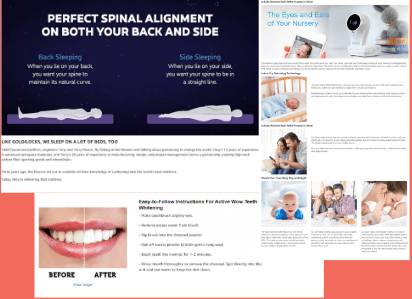
EBC don’ts
- Don’t have too much copy
- Don’t have information directed to your website
- Don’t have poor-quality imagery
- Don’t have poor grammar
- Don’t use random stock photos
Let Us Analyze Your Listing
If you’re following all the above advice, you should be off to a great start. But if you really want to dive into granular adjustments that can take your product listings to the next level, let us analyze your listing for free. We’ve optimized 20,000+ listings and have managed $500k+ in ad spending to manage some of the top sellers on Amazon.
The best Amazon sellers know how to maximize their brand presence. We can transform your listing into a gorgeous storefront with impeccably written content and beautiful pictures that compel your customers to buy.
Click here to sign up for your Free Listing Analysis now!

About the Author: Alyssa Ball has been working in digital marketing for several years. She graduated from Brigham Young University with her degree in English linguistics and is currently pursuing an MBA. Alyssa’s position as a content writer and keyword strategist at Nozani has allowed her to master both Google and Amazon SEO.

If you’re one of the estimated 20%–40% of brands who fire their agency annually, you can’t focus on that vision if you have to keep searching for the right support. BBE proudly retained >95% of our clients last year while applying focused dedication to our brand partners. If you’re ready to start over for the last time, contact us and find out why leading brands have partnered with us for so long.

